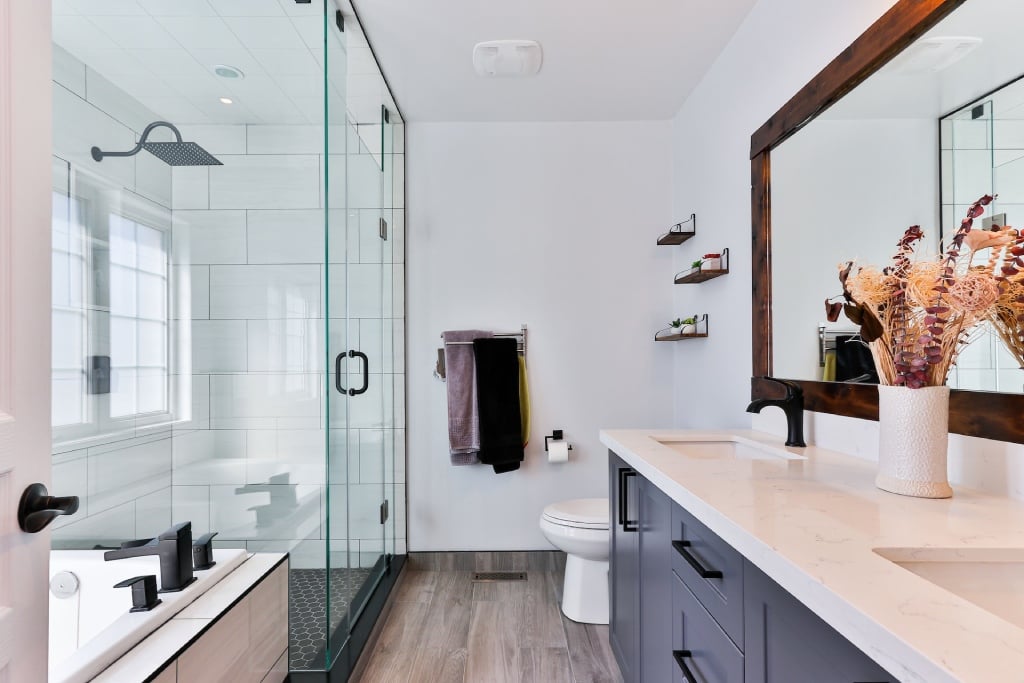ABI said the average interest rate applied to new mortgages at the end of 2023 was 4.42 percent, down from 4.5 in November, reported financial newspaper Il Sole 24 Ore.
The small drop marked the end of two years of consecutive monthly rises to the average rate, giving some hope to prospective home buyers facing a steady rise in the cost of borrowing.
READ ALSO: What to expect from Italy’s property market in 2024
In December 2022 the average rate on a mortgage in Italy was recorded at 3.01 percent.
Mortgage rates have risen as a result of the European Central Bank’s interest rate hikes designed to combat inflation, reported Il Sole 24 Ore.
The ECB was expected to starting cutting interest rates later in 2024, further easing the pressure on borrowing, and there has already been a decrease on rates on loans between banks in anticipation.
Italy’s property market slowed down notably in 2023 after growing for the first time in years amid the pandemic, with the number of mortgages granted in the first half of 2023 down by 30 percent on the same period the year before.
The number of property sales in Italy was expected to fall again in 2024, according to the Real Estate Market Observatory from Italian data analysts Nomisma.
They also predicted average property prices will rise slightly, by 0.2 percent, though this was a predicted decrease on the growth of the last two quarters.





 Please whitelist us to continue reading.
Please whitelist us to continue reading.
Member comments